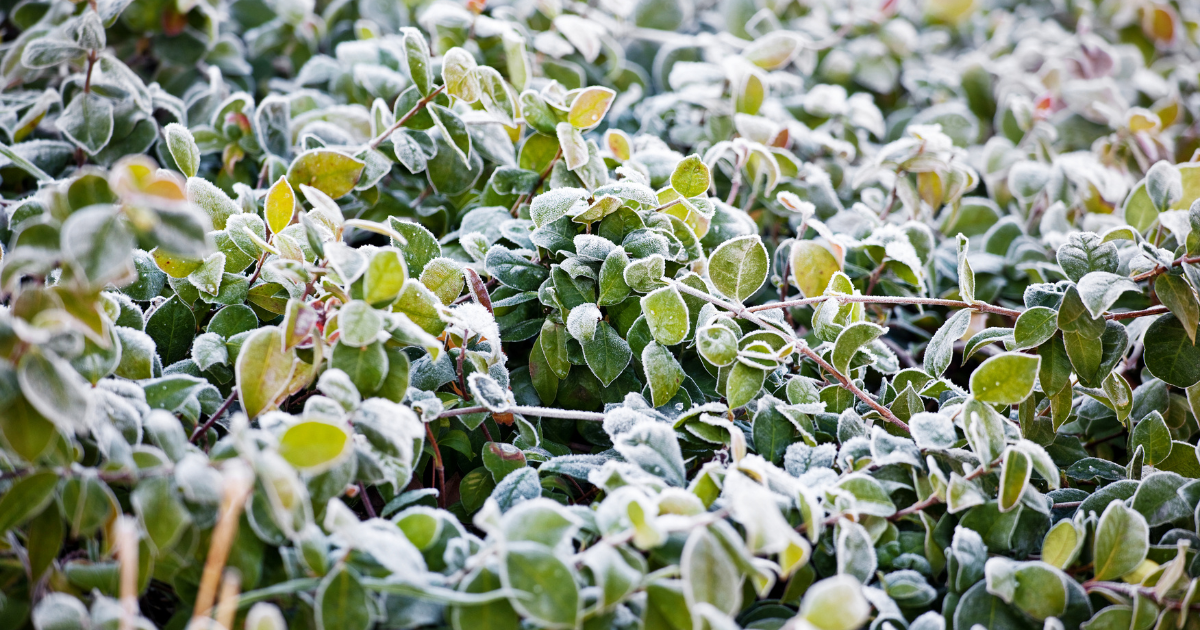What Is Xeriscaping?

What would you do if the state passed a law banning the watering of lawns this spring or summer? You might think this extreme, but since we live in a state of near-constant drought, would it be? While this scenario is not likely to happen soon, cities and counties across the state (and in many places across the country) are encouraging their communities to cut back on the water they use on their landscaping.
Here at the Nevada Irrigation District, we, too, are encouraging our neighbors to cut back their water usage, and your lawn is a great place to start. You might be picturing a barren landscape right now, but we’re here to tell you that Xeriscaping is an excellent alternative to manicured lawns while still making your home look like the picture-perfect home anyone would want.
Why You Should Implement This Drought-Resistant Design in Your Garden Next Year
Simply put, xeriscaping your yard is designing it so that it needs very little if any, irrigation. As a result, it’s ideal for desert and drought-stricken areas. Most xeriscaped landscapes incorporate rocks and native vegetation that usually doesn’t require much water to survive.
We encourage all our customers to consider a xeriscape design for their property, as it is key to water conservation. After all, we live in a place that struggles with drought. Due to our lack of rainfall throughout most of the year, there is only so much water to go around.
Another benefit to this design practice is that you don’t have to deal with annoying irrigation systems as much. Plus, in the fall, there are fewer plant trimmings to deal with, and depending on the trees you have, you have little to no leaves to rake up.
From a maintenance standpoint, Xeriscaping can give you a lot of time back in your day. And who really wants to mow a lawn anyway?
The Importance of Water Conservation During Drought Seasons
Occasionally, you see it on the news - rivers drying up, farms turning into deserts, and communities running out of clean water. But, of course, we don’t ever want to see this situation happen in our community, which is why it’s so important we all start working to conserve water before it becomes a problem.
Water is a non-renewable resource, but it is needed for many aspects of our daily lives. This doesn’t just include your household needs, such as showering, cooking, washing dishes and clothes, and so on. It’s vital for farms that give us food. And because water is a limited resource, we need to cut back where we can so we have it for the most important things, such as food and drink.
One National Geographic article states, “Supporters of xeriscaping say it can reduce water use by 50 or 75 percent.” So it’s one of the easiest things we can do to conserve water, improve our communities, and be environmentally friendly.
How You Can Implement a Xeriscaped Landscape During California Winter Weather
You might think you need to wait until Spring to start working on xeriscaping your yard, but fall and winter are excellent times to start tackling the project. For one, you don’t typically have a ton of weeds to contend with. And “the now” is always a good time to start conserving water.
Here are a few ideas to get you started:
- Rocks - This is always a good place to start, and there are many ways you can incorporate rocks into your landscape. Maybe you throw in a few good-sized boulders or create a “rock river.” You could place river rocks around the perimeter of your property or even at the base of trees. And choosing a couple of different sizes for your rocks can give your yard some depth and variety.
- Ditch the Grass - Consider mulch or ground cover instead of grass. Mulch is excellent because it retains water well, but ground cover is good because the bees like it. It doesn’t typically require much mowing, if at all. One good ground cover is clover. It doesn’t require a lot of water.
- Go Wild - One of the reasons we all love living in the Sierra Nevadas is the beauty surrounding us. Bring that into your yard. Consider wildflowers mixed with native shrubs.
Anytime during the winter that the ground is clear of snow, you can easily start incorporating the rocks and mulch into your landscape and clearing out any irrigation you might have. Some grasses (such as ryegrass), plants, shrubs, and trees can also tolerate being planted during the winter.
Make Water Conservation Your New Year’s Resolution
What if we all made our New Year’s Resolution to conserve water? How might things be different at the end of 2023? Let’s do it together!
If it seems overwhelming to tackle your whole property, try doing it in sections or other pieces of the project. You could work on your front yard first and then your backyard. Or, maybe you first remove any plants that require too much water. Then the next month, you plant your drought-resistant plants, shrubs, and trees. The month after that, you could add your mulch, and by Spring, you’re ready to add any rock you need. Now you’re saving money and your environment!
Assess Your Water Usage with NID
Water conservation isn’t just our New Year’s Resolution. We are working with others in the community to plan our water needs for the next 50 years or more. We’d love to have you join us. Our Plan for Water looks at what our community needs will be from now through the next generation or two of families. We’re still holding workshops and invite you to join us. We want to know what challenges we’re all facing so we can tackle them together.
